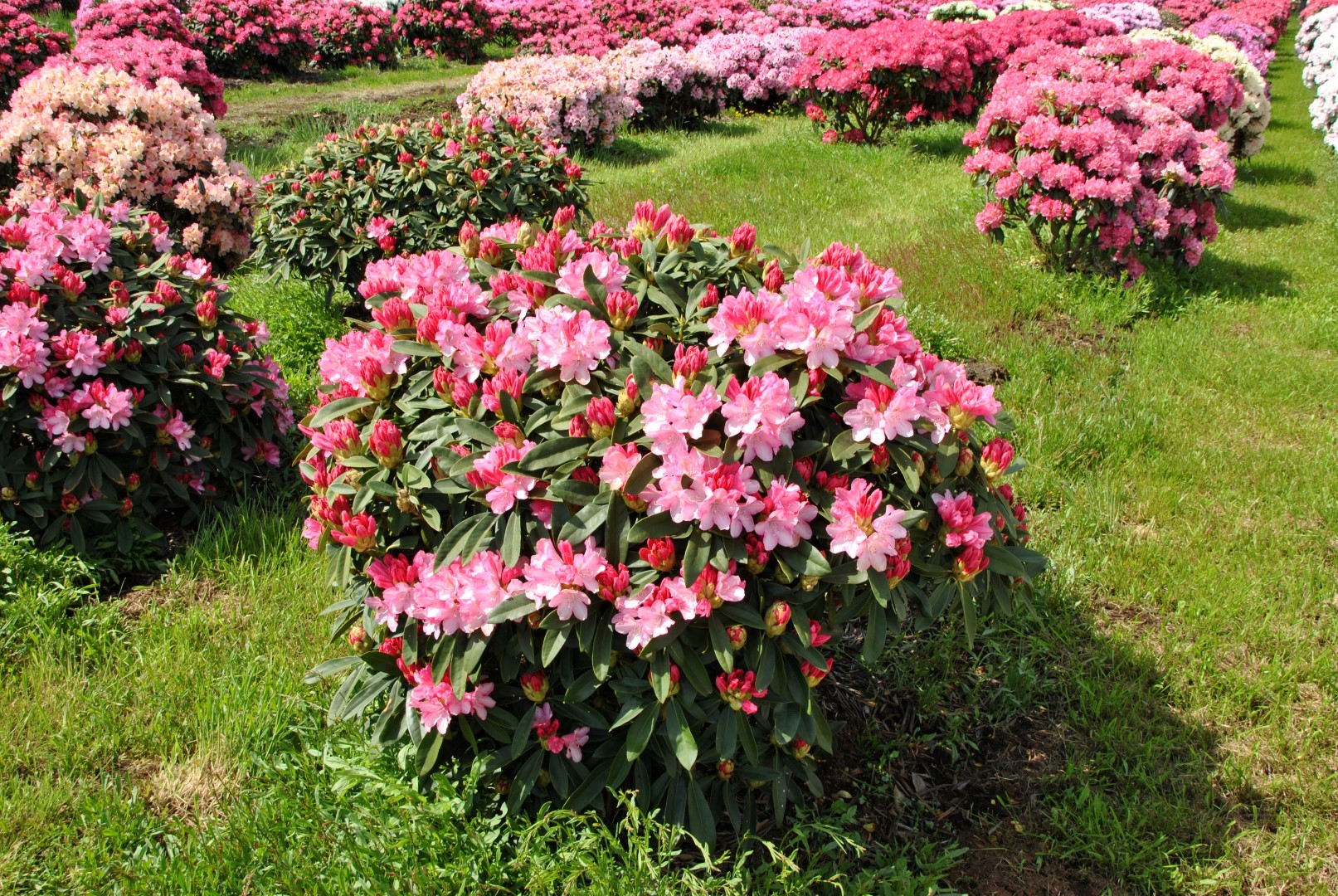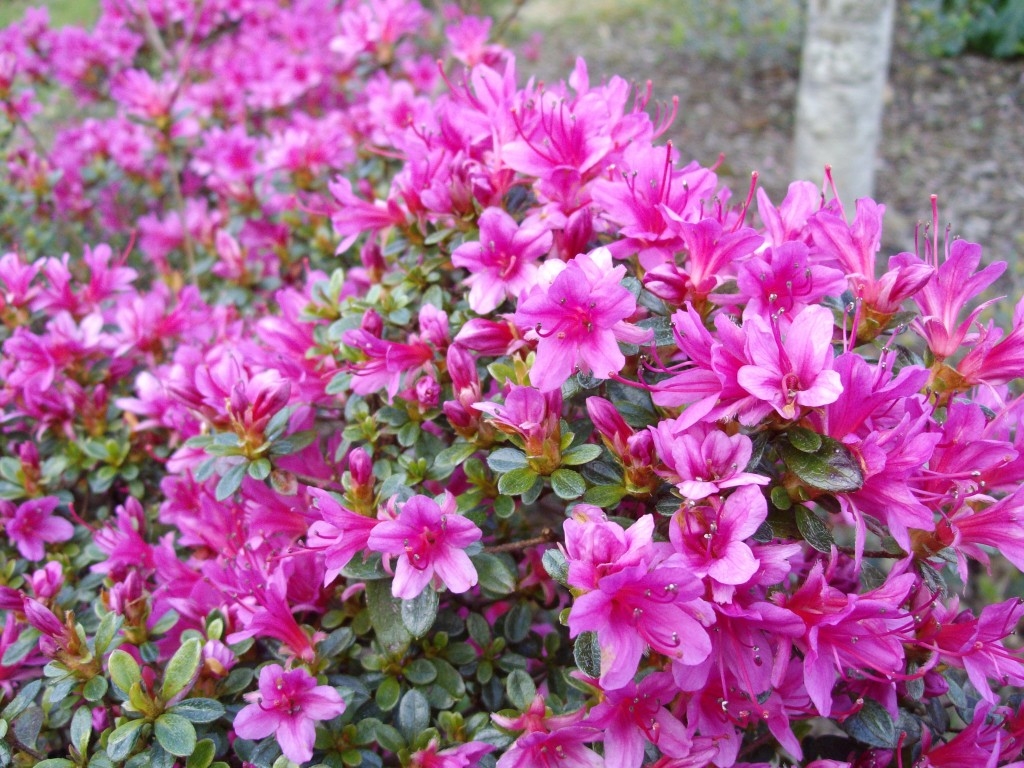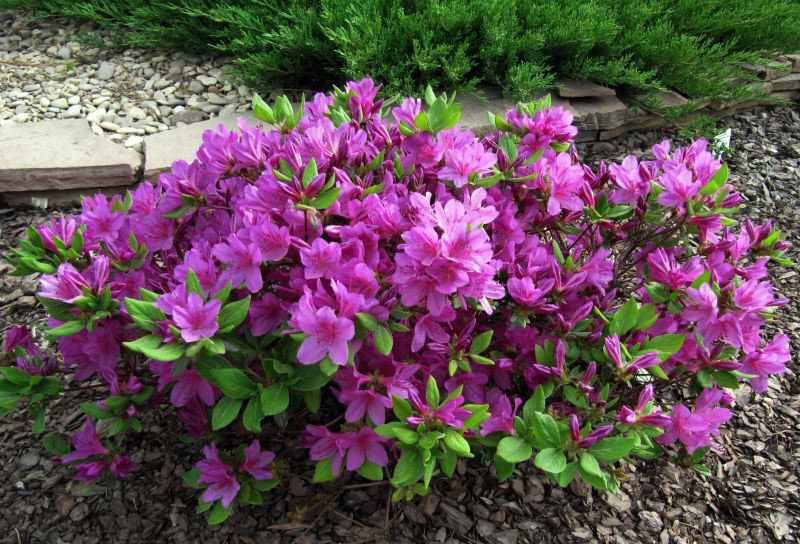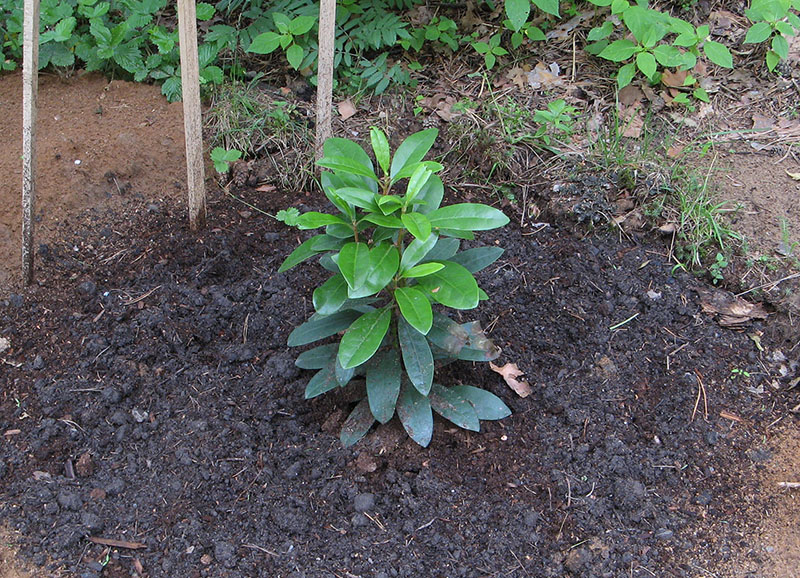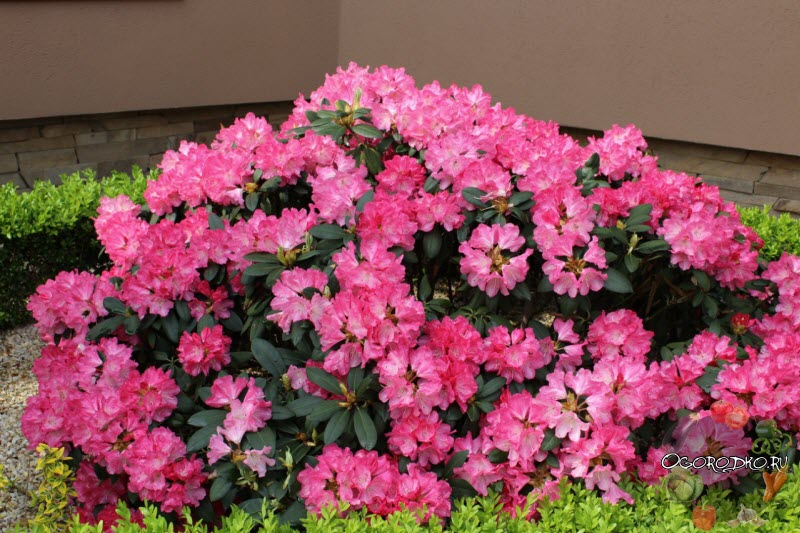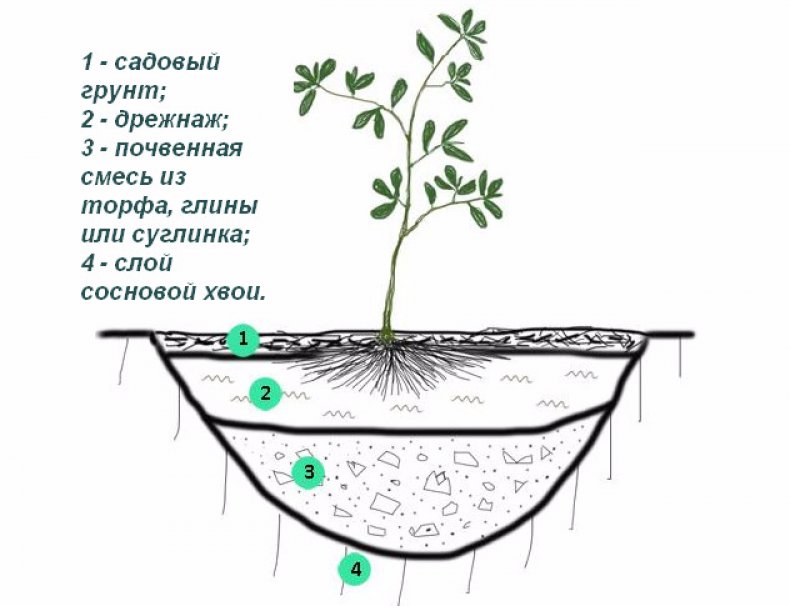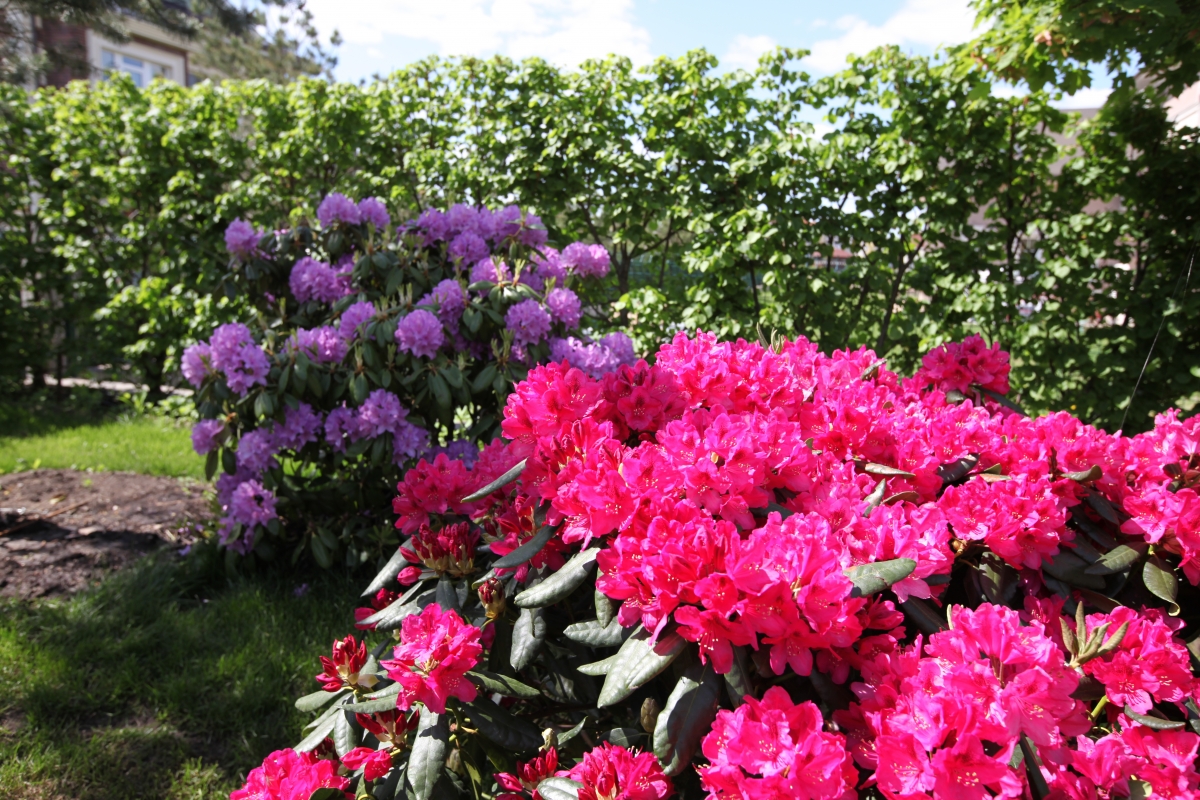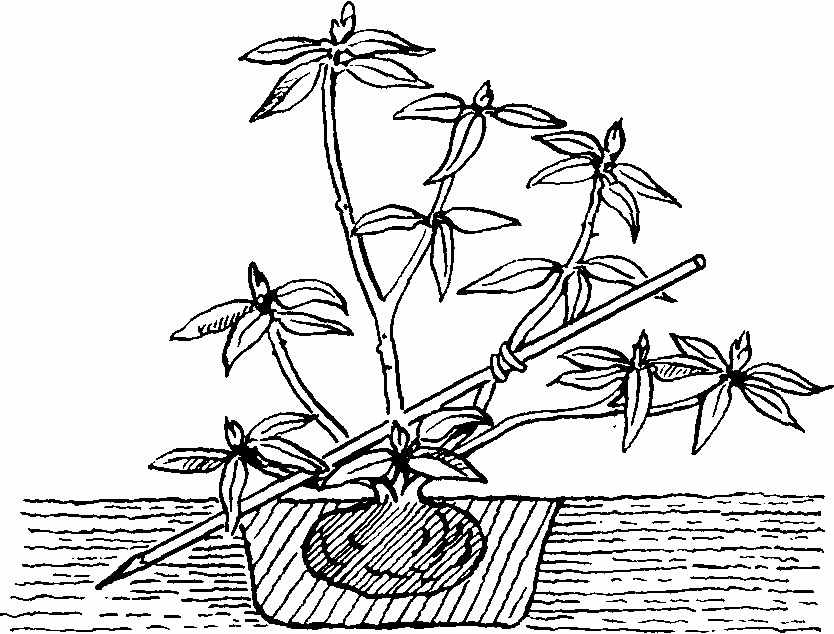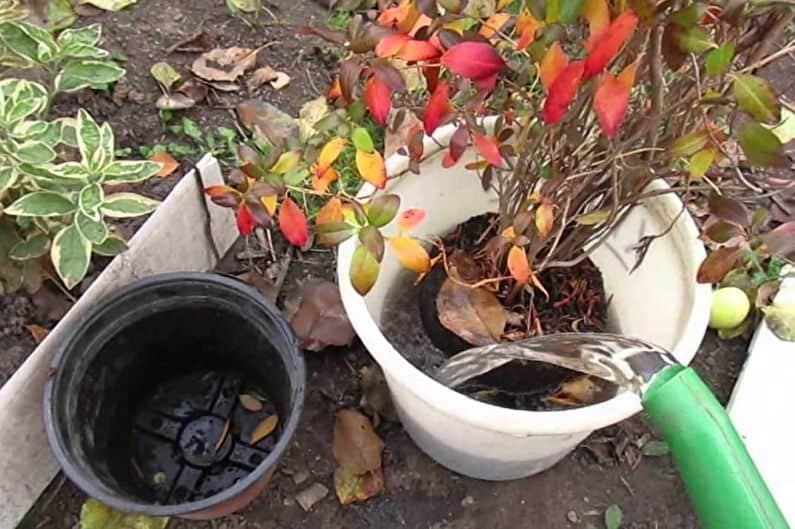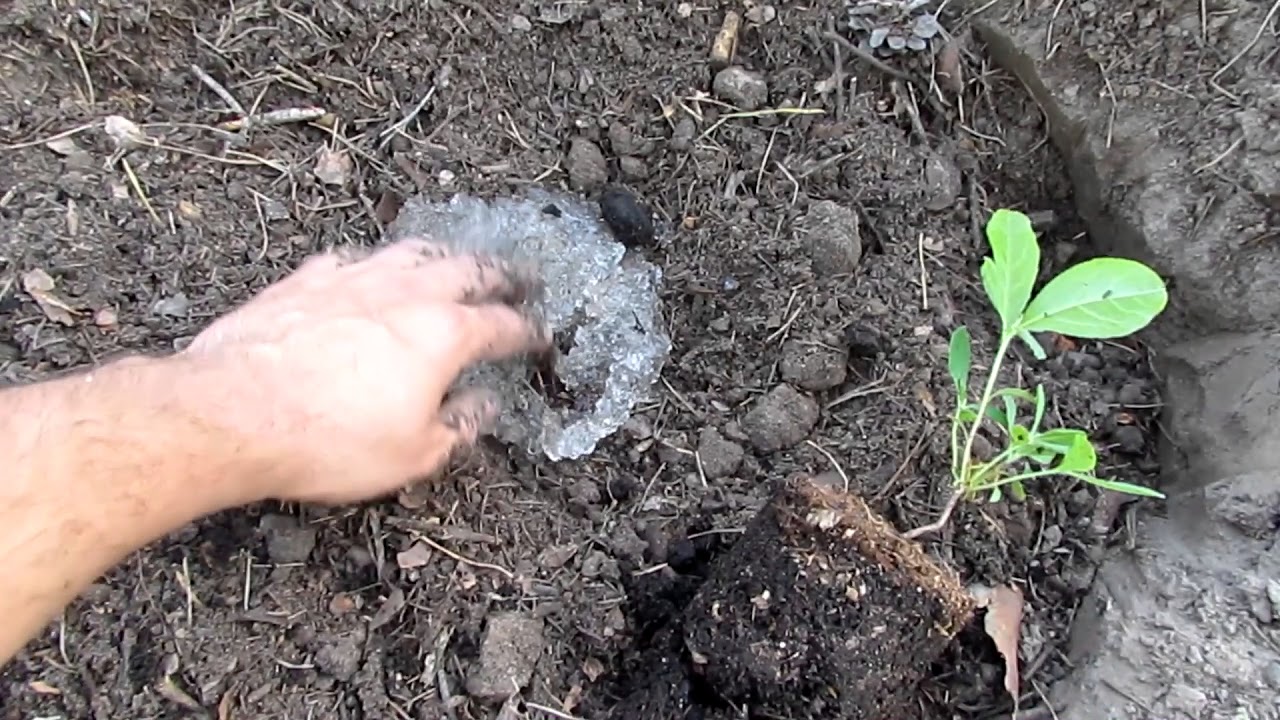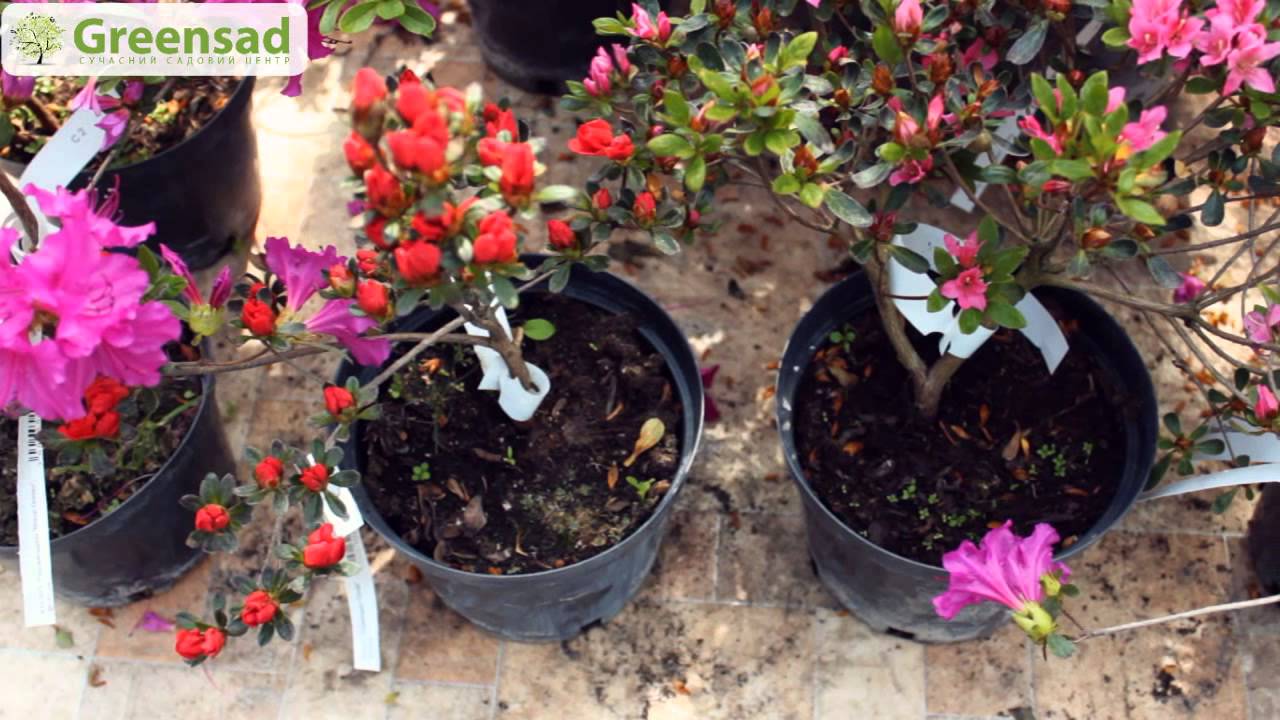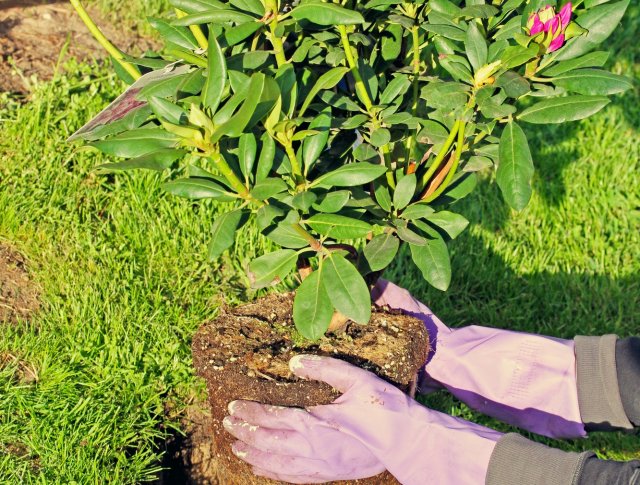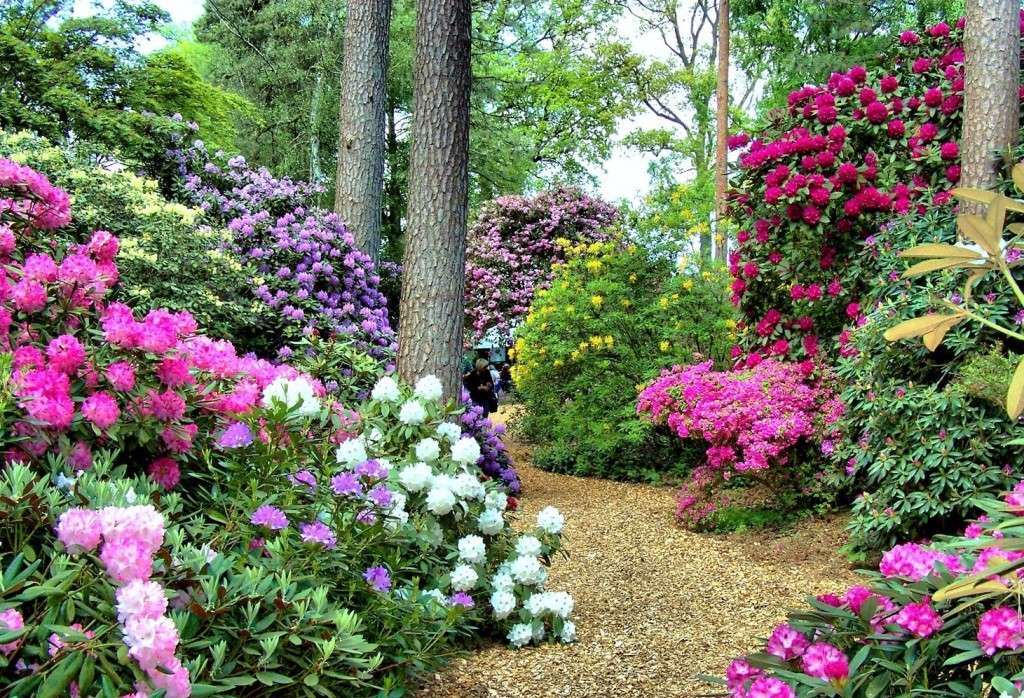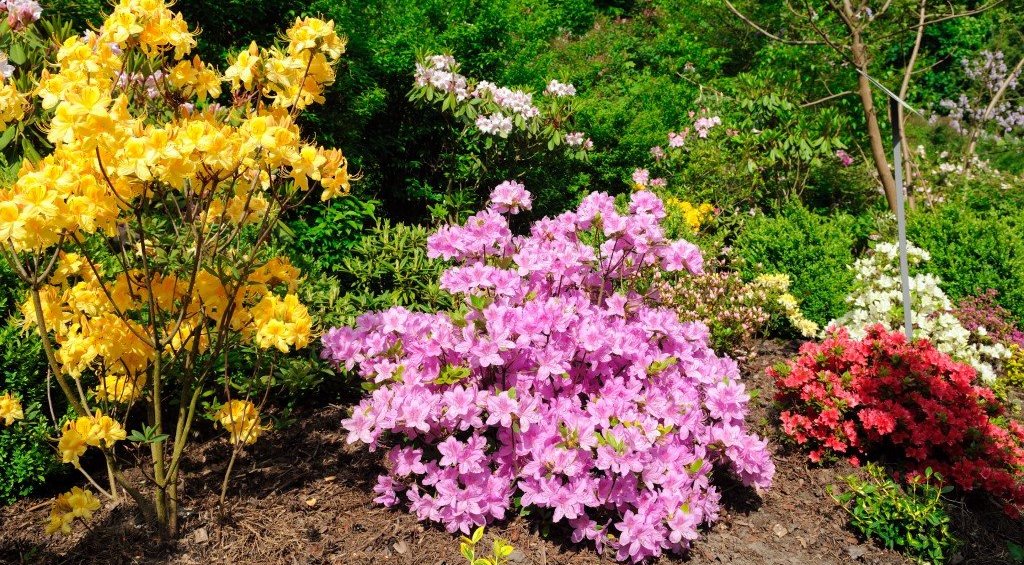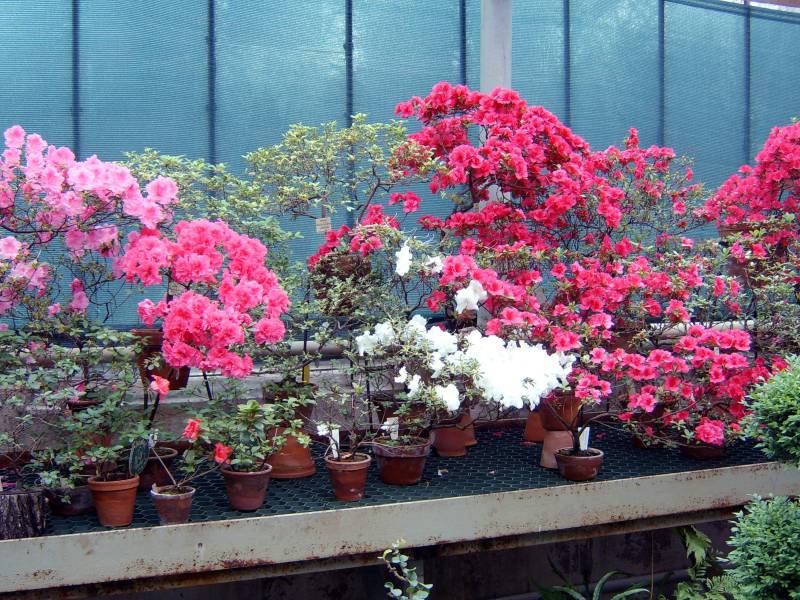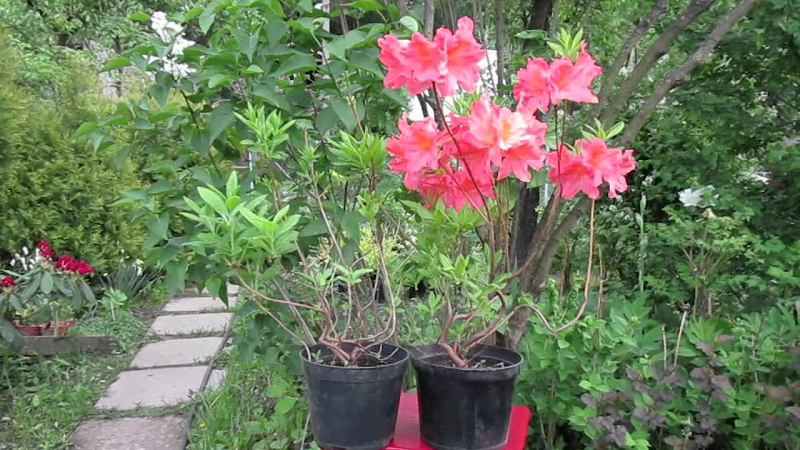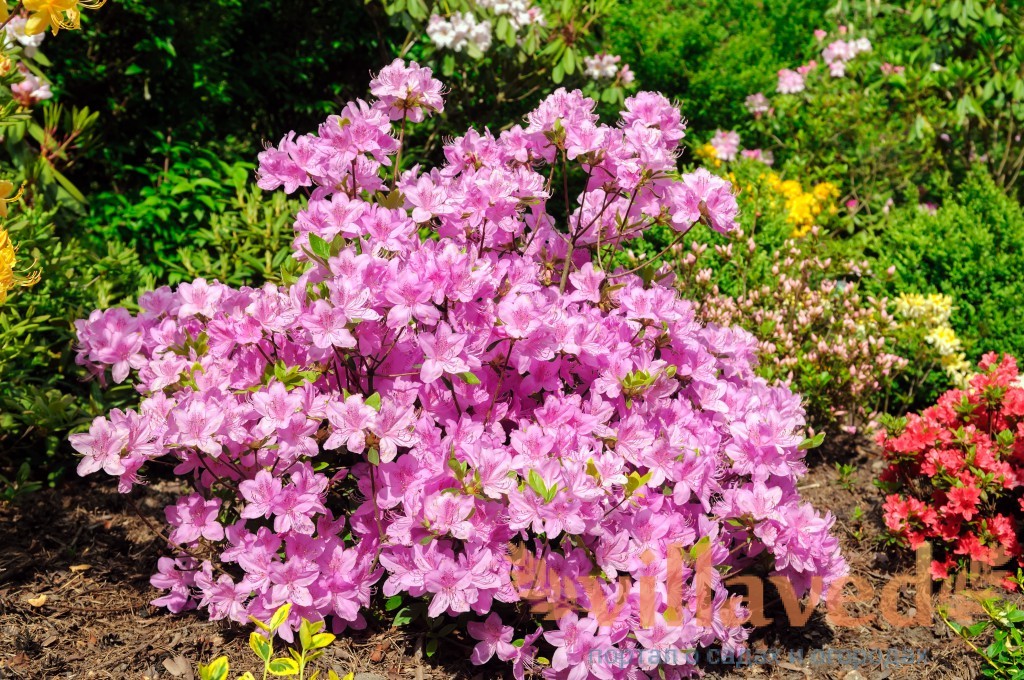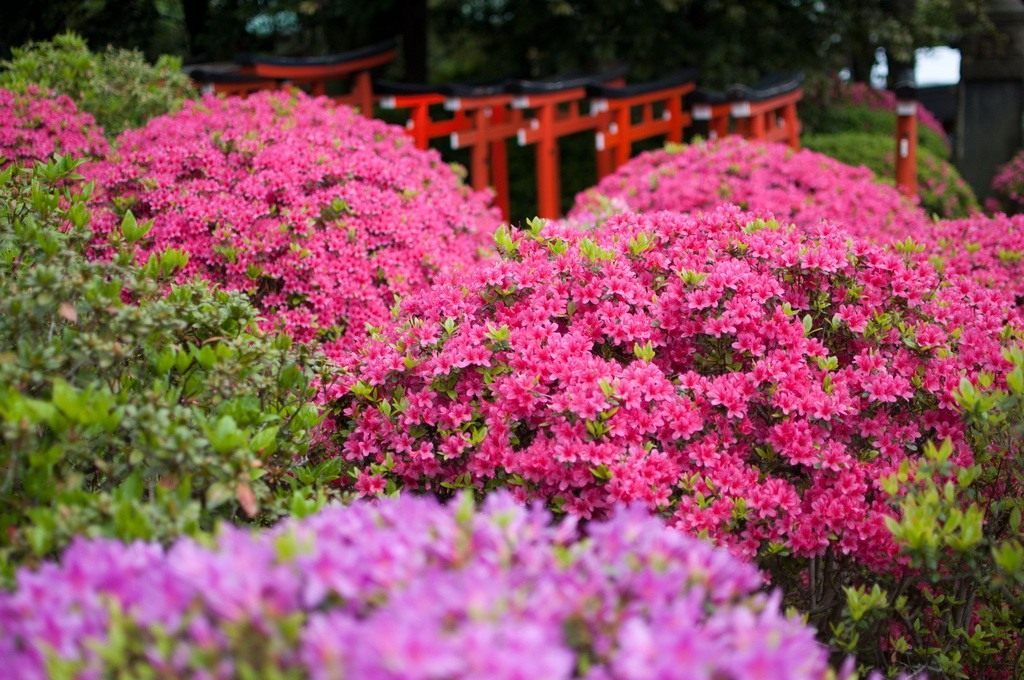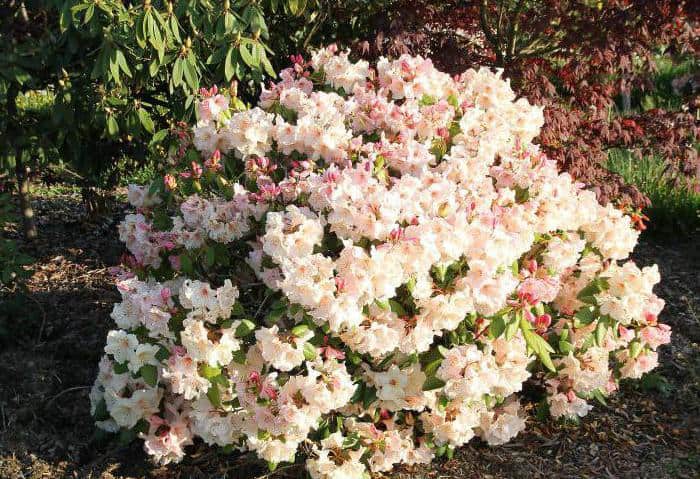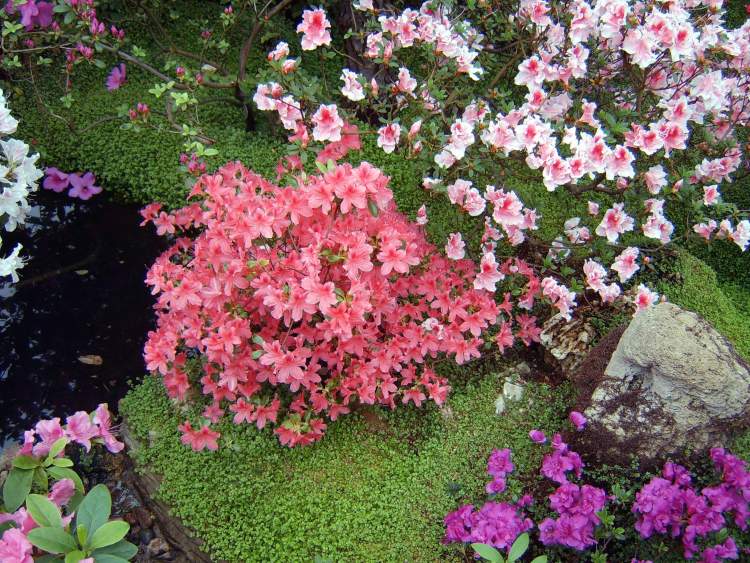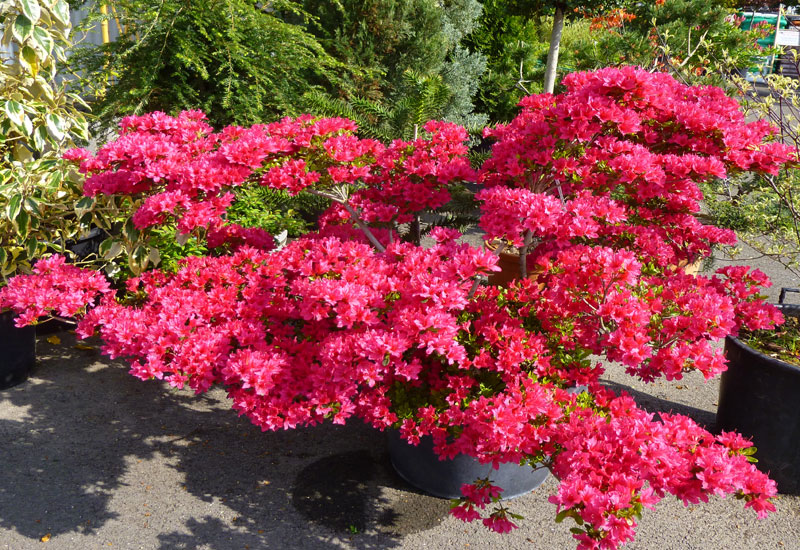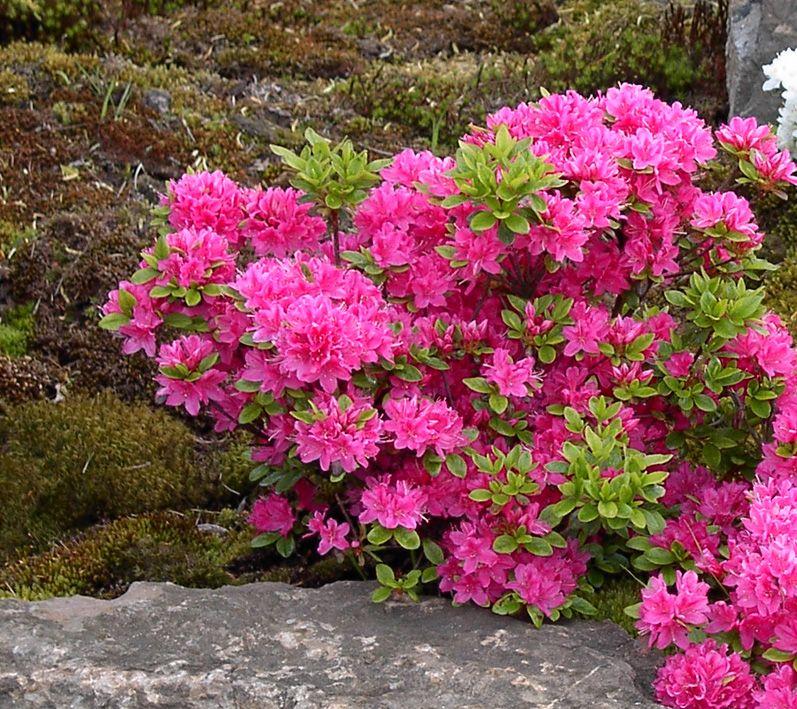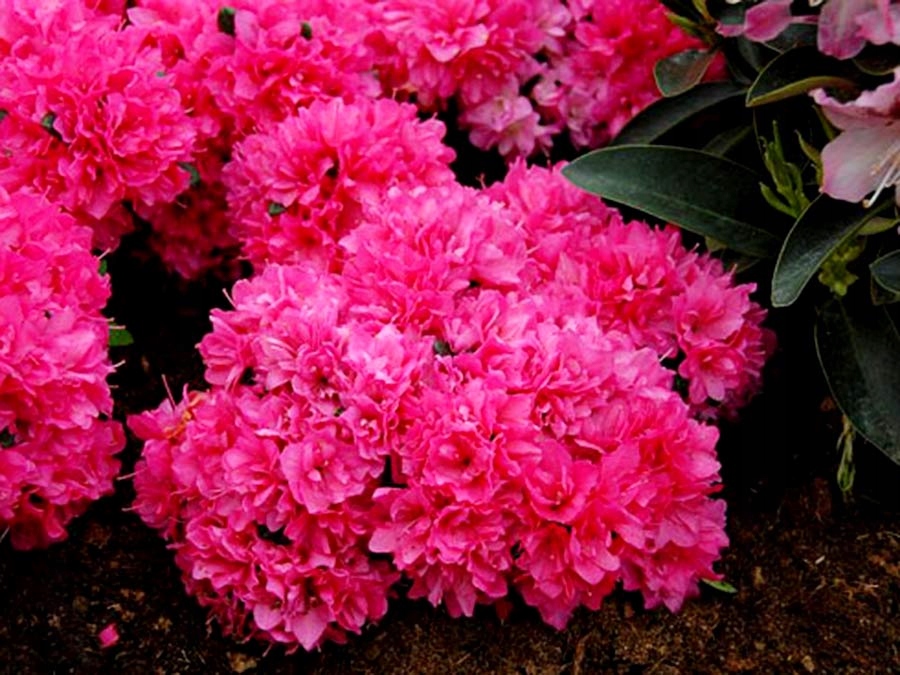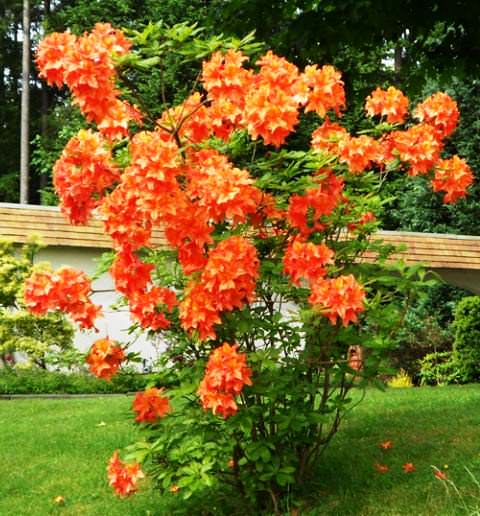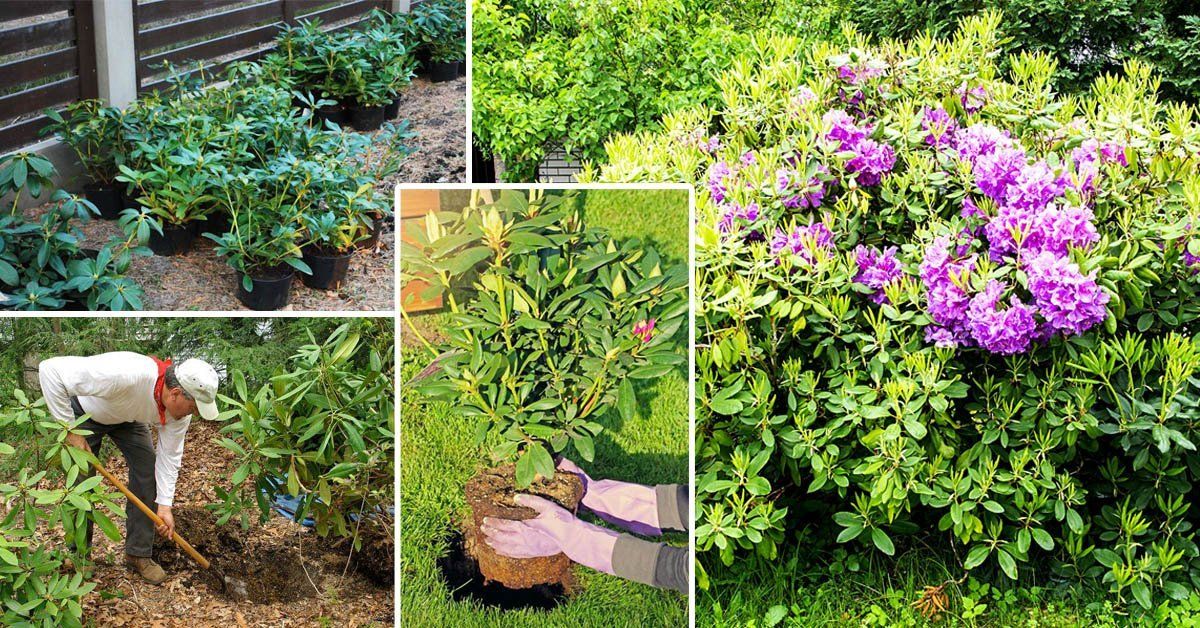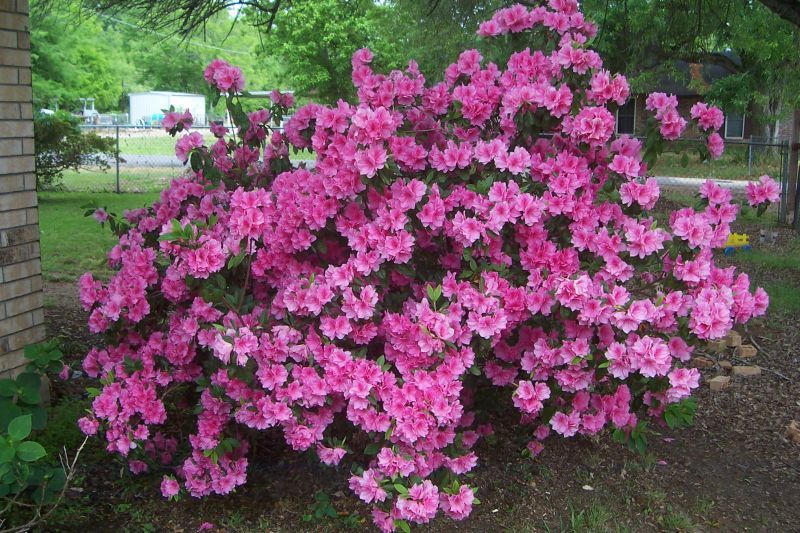The procedure for caring for an exquisite plant
Like any cultivated plant, azalea requires, though simple, but certain care.
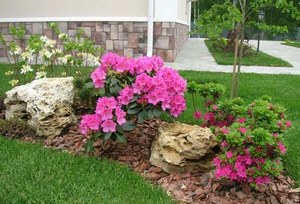 It should be abundant, especially for young seedlings. Watering intensity is determined by the appearance of the topsoil. That is, if the ground outside is dry, then the plant must be watered. In addition, the garden rhododendron prefers increased moisture, which is created by spraying the flower with a spray bottle. This procedure is carried out during the day in very hot and dry weather. Also, for additional moisture, you can use several open containers filled with water, which are located near the plant.
It should be abundant, especially for young seedlings. Watering intensity is determined by the appearance of the topsoil. That is, if the ground outside is dry, then the plant must be watered. In addition, the garden rhododendron prefers increased moisture, which is created by spraying the flower with a spray bottle. This procedure is carried out during the day in very hot and dry weather. Also, for additional moisture, you can use several open containers filled with water, which are located near the plant.
Soil loosening
Produce regularly after each watering. This will preserve moisture and saturate the ground with additional oxygen, which is necessary for the normal development of the root system and the entire plant as a whole.
To loosen the soil, a hoe is usually used, with the help of which the upper near-stem layer of the soil is carefully loosened so as not to injure the root
Fertilization and soil composition
Azalea is very demanding on the composition of the soil, therefore, before planting a plant, it is necessary to choose the right composition. The most acceptable option is soil, consisting of:
- humus;
- sand;
- peat;
- coniferous land. This substrate consists of rotted needles of pine, larch, fir or other coniferous trees. Such land can be purchased in garden shops or independently collected in the forest under conifers;
- turf land. Such soil is prepared from grass that rotted over a period of time;
- leafy land. Such a substrate consists of rotten leaves of shrubs and trees. It can also be purchased in stores or collected under any tree.
To prepare a high-quality earthen composition, all of the above elements are mixed in equal parts. This will create an acidic and breathable soil that is best suited for growing garden azaleas.
You need to start fertilizing the plant a month after planting it in open ground. Subsequent feeding is done every twenty days. As fertilizers, you can use organic and mineral additives intended for ornamental flowering crops, which are easy to find in any specialty store.
Outdoor plant care
The rules for caring for a rhododendron in the open ground at a summer cottage are as follows:
- Water the plant abundantly as soon as the topsoil dries up. For irrigation, they use settled water, you can rain or from a pond. In August, you need to drastically reduce the volume and frequency of watering to give the plant the opportunity to prepare for the dormant period.
- You can slightly acidify the soil monthly. To do this, take the juice of 5 lemons and 5 liters of water. For a young plant, 1.5 liters of solution will be enough, and an adult will need 2.5 liters.
- Mulching can be done with dry foliage and pine needles. Do not use chestnut and maple leaves - they have an alkaline reaction and decompose very quickly. In summer, a layer of mulch will protect the roots from drying out and overheating, and in winter - from freezing. Do not cover the root collar of the shrub with a layer of mulch. A layer of mulch can be added as needed.
- Pruning of garden azalea is carried out as needed - remove all dried and damaged shoots and wilted inflorescences. Places of removal are treated with linseed oil or garden varnish. If all the shoots of the plant are healthy, pruning can be omitted.Correction of the crown is necessary only for old shrubs and only after the end of flowering. Avoid pruning in the spring before flowering. You can remove shoots with formed flower buds.
- Garden azalea loves moist air, so it needs regular spraying. You can simply place a barrel of water in the garden next to the bushes. Do not spray the bush during flowering - water gets on the flowers and damages them. You can do without additional care and watering in autumn or rainy summer.
- You can feed the deciduous azalea in the spring - for this, a mullein solution is used. The second feeding is carried out before the onset of the flowering period. At this time, a mixture of mullein and potassium with phosphorus is used. Do not use pig or horse manure for fertilization - only cow manure. Imported granular fertilizers are not suitable for growing azaleas in the Russian climate - they are designed for six warm months a year and can lead to the freezing of unripe shoots. Wood ash is also not suitable for fertilization - it is capable of leaching the soil in the garden.
5 Diseases and pests
Any variety of garden azalea is resistant to numerous diseases and pests, but in some cases the plant can be severely damaged due to improper care.
One of the most common problems with this bush is the complete lack of flowering. This can happen as a result of a wrong landing site. Rhododendron will not bloom if it is in the shade or under bright enough direct sunlight.
Leaves may begin to fall on the azaleas. The reason for this will be the presence of calcareous soil. To get rid of the problem, it is enough to transplant the plant to another, more suitable place. If the variety is deciduous, then no action is needed, since this is a natural process of life.
Azalea begins to dry out in case of insufficient moisture. It can only be saved with lemon water; for this, the plant is watered with water with the addition of citric acid. If the shrub is planted under the scorching sun, then it will dry out very quickly. In such a situation, the best option would be to transplant the plant to a shaded area and spray it every day.
Common pests that can attack azaleas are ticks, scale insects and mealy worms. If the leaves of the rhododendron began to sharply lose color brightness, then this indicates the presence of a scale insect. After its detection, the parasites are removed manually, and the flower itself is treated with a specially prepared soap solution. If the insects have not disappeared, the azalea is treated with insecticides.

If spider mites start, they can be easily spotted by the presence of cobwebs on the plant. The shrub must be treated with insecticides as soon as possible, otherwise the tick will suck out all the vital juices from it. When a mealy worm appears on a plant, it can also be easily identified. The size of the parasites ranges from 2 to 4 mm, while the females are wingless and completely immobile, while the males, on the contrary, are highly mobile, have 1 pair of wings. You need to fight the pest by spraying with karbofos 3-4 times a year.
Azalea garden care
The concept of care includes many processes associated with maintaining the life of the bush and its attractive appearance. Special attention is required to watering the garden azalea and growing it in the form of a small bush, which requires shaping and pruning. The splendor of flowering depends on the correctness of these actions.
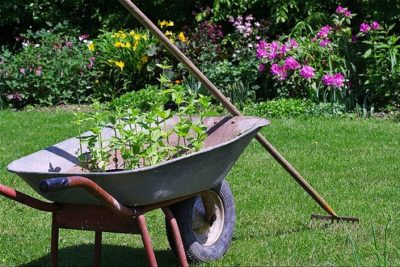
Water-loving rhododendrons should be watered as the topsoil dries up by 1-2 cm. If the weather is cool and it rains, then there is enough moisture in the soil and air, and watering is not performed. The need for it arises only at the onset of the dry period, when there is no rainfall for 7-8 days.In extreme heat, azaleas can be additionally sprayed with water over the leaves in the morning or evening. This will help increase the humidity around the bush. If there is a reservoir, spraying is optional: garden azalea growing on the banks of an artificial pond or by a fountain will feel great.
In the first 2-3 years after planting, the bushes can not be fed, since there are enough nutrients in the soil for a young plant. After the bush begins to bloom annually, in the second half of summer, you need to apply phosphorus-potassium fertilizers to enable the rhododendron to lay more flower buds by next spring. You can use any mixtures containing these elements, but you should give preference to mineral fertilizers marked "for flowering shrubs" or "for azaleas". The dosage of drugs and the method of administration are indicated on the package or in the attached instructions.
1 Growing rules
The shrub is perennial and grows very slowly. This must be taken into account at the time of choosing a place where it is planned to grow in the future. The first flowers appear on the plant 3-4 years after planting, when the rhododendron becomes an adult. The most optimal temperature in summer for azaleas is 20-25 degrees. In winter, most varieties are able to withstand temperatures from 27 to 32 degrees below zero. But the rhododendron needs protection and support throughout the year. When planning the planting of a shrub, you need to carefully consider the choice of location. Under natural conditions, azalea is photophilous, but if direct rays of the sun fall on it, then:
- she can lose her own decorative effect too quickly;
- buds of future flowers will develop worse;
- flowering period is significantly reduced.
For a garden azalea, it is better to choose a place that will protect it from strong gusts of wind and from possible flooding by spring waters, where the summer heat and winter frosts will not affect the rhododendron. If planting a flower is planned near the house, then it is recommended to choose any side except the southern one.

The proximity to any artificial or natural reservoirs is favorable, since natural humidification of the air contributes to the long flowering of the azalea, and its leaves remain fresh for a long period.
Seat selection
Garden azalea is a winter-hardy variety, so it can be grown in any region of Russia, including the Moscow region, the Urals and Siberia. There are no fundamental differences regarding planting a plant and further caring for it in these areas. The planting process begins with choosing the right place in the garden.
It is not so much the region that is important as the microclimate prevailing in a particular area. A number of conditions are taken into account that are necessary for the successful survival of the seedling in the open field:
- The lack of the possibility of direct sunlight in combination with a large amount of light. If this condition is not met, the plant quickly stops producing buds, and the flowering period is shortened. At the same time, the leaves also suffer, become shriveled.
- For evergreen varieties, areas with partial shade or diffused light are most suitable.
- For deciduous species, planting on the soil under the canopy of large trees is recommended, provided that the roots of the plants will not interfere with each other's further growth. Suitable companions for bush azaleas are larch, yew, spruce, oak. Poplar, maple, alder have a root system, which mostly develops in the surface layers of the soil. They take food and moisture from the nearby plants, and therefore the neighborhood with them is undesirable.
- When disembarking next to buildings, you can choose any side, with the exception of the southern one.
- For outdoor azaleas, areas with flat relief are suitable. With the onset of spring, water does not stagnate in such areas due to melting snow.Draft protection must be provided. Crop should not be planted between buildings and at the corners of buildings. It is good if there is an artificial or natural reservoir nearby. Humid air helps keep foliage fresh and bloom for a longer period.
Group planting is the best option for gardeners who want to give maximum decorative effect to their backyard plot. Do not plant deciduous and evergreen varieties nearby. For tall varieties, it is better to highlight the center of the plot. Its near edge is more suitable for undersized ones.
Tall species of garden azalea are best placed in the center of the site, and low-growing ones - at the edges
When choosing plants, it is recommended to take into account the color of the buds. Varieties with orange flowers look good with yellow ones, purple ones with pink ones, white ones with reds.
It is interesting: Azalea - home care, reproduction, how to water, winter care
Possible growing problems
When growing azaleas, there is a risk of various problems. To cope with them, you need to establish the cause.
Powdery mildew
The cause of the disease is considered to be a violation of air circulation and sharp temperature fluctuations. In this case, the damaged fragments are covered with plaque.
Late blight
This disease affects the stem and leaves of the crop, which leads to its rotting. The problem occurs with high humidity and temperature. Fitoverm will help to cope with the disease.

Gray rot
It is a fungal infection that infects leaves, stems, and buds. At the same time, they become covered with brown spots. A soap solution will help to cope with the disease.
Rust
With this disease, spots appear on the plant. Over time, the leaves fall off. Bordeaux liquid will help to cope with the disease.
Chlorosis
With this disease, the leaves change their color - they become lighter. Iron chelate will help to cope with the disease.
Lack of flowering
The reasons for the lack of flowers are considered to be a lack of scattered light, insufficient watering, improper soil composition, and a lack of fertilizers.

Lack of buds
The absence or fall of azalea buds is due to temperature fluctuations or changes in weather conditions. Also, plant transplantation or a lack of fluid leads to problems.
Aphid
These small insects slow down crop development and spread viruses. Actellik and Karbofos will help to cope with them.
Black thrips
These pests affect the foliage of the azalea. As a result, it acquires a yellow tint and falls off. Karbofos will help to cope with pests.
These pests lead to the appearance of cobwebs on the bushes. Actellik will help to cope with them.

Mealybug
These parasites infect all fragments of the culture and create conditions for the development of a sooty fungus. Actellik will help to eliminate pests.
Whitefly
This butterfly absorbs plant sap. As a result, they wither and die. Aktara or a soap solution will help to cope with pests.
Soil requirements and planting
The culture feels comfortable in acidic and loose soils. The composition of the soil should contain such components as:
- sand;
- coniferous land;
- peat.
The acidity of the soil should be in the range from 4.0 to 4.5.
Plants should be planted in early spring or autumn. If the azalea is planned to be planted in the spring, then this should happen before the sap flow begins.
Planting an azalea garden in autumn should be carried out in early September so that the seedling can take root before the onset of frost.
The azalea bush has a shallow root system. Therefore, there is no need to make a deep hole. However, there are a number of conditions:
- The planting hole should be about 50 cm deep and 70 cm in diameter.
- It is recommended to lay drainage at the bottom (20 cm high). It should be made of broken brick, expanded clay and sand. Broken bricks are used to acidify the soil.Do not use crushed stone, as this can lead to alkalinization of the soil.
- The soil that has been dug out of the hole must be mixed with peat, humus and coarse sand. Such a mixture will increase the looseness of the soil and its permeability.
- The soil mixture should be placed in a heap on top of the drainage layer. Next, a seedling is installed on the hill.
- The root ball is carefully covered with earth and compacted the soil around the plant. If the need arises, you need to sprinkle some more earth and water. The root collar should be slightly above ground level.
- The land around the seedling must be mulched with peat or tree bark. This will keep moisture in the ground and prevent weeds from multiplying.
Provided that the crop was purchased in a nursery or garden center, the bush must be watered before planting. It is also recommended to dip the root ball into water for a while until air bubbles appear.
Winter care for azaleas
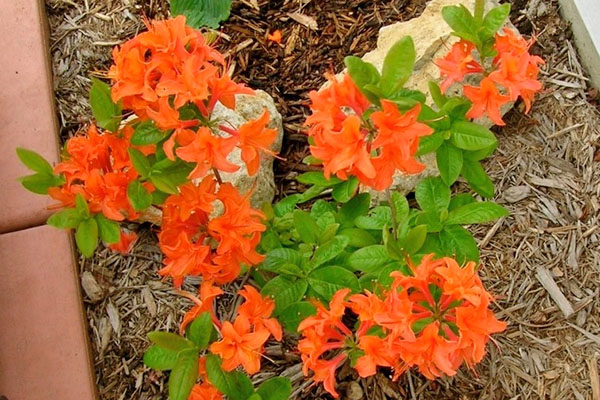 Future flowering depends on the care of the azaleas throughout the year, as well as how the plant overwinters. Certain varieties of garden rhododendrons can survive Russian winters without shelter, but in this case it will not work to guarantee the health of the shrub:
Future flowering depends on the care of the azaleas throughout the year, as well as how the plant overwinters. Certain varieties of garden rhododendrons can survive Russian winters without shelter, but in this case it will not work to guarantee the health of the shrub:
- Flower buds at the ends of the shoots are the first to suffer from the cold.
- With a lack of snow, sometimes not only young branches but also the root system freeze out.
To protect the plants, autumn starts preparing for winter with abundant watering of the soil under the bushes of garden azaleas. Then the root circle is covered with an additional layer of mulch, for which pine needles, peat or fallen leaves are taken. A layer of such protection for small plants can be 5-10 cm, up to 30 cm of insulation is poured under tall bushes.
Branches of deciduous varieties of azaleas growing in open ground:
- gently tilt to the soil;
- fixed with wire;
- covered with corrugated cardboard, special materials or another layer of spruce branches or peat.
It is not worth covering azaleas with foil or other airtight materials, since there is a high risk of developing rotting and rotting buds and young shoots.
Azalea evergreens are covered with a pre-made frame so as not to damage the shoots and future buds. Inside the shelter, the plant should not be constrained. And it is necessary to insulate the structure with roofing felt or non-woven materials only in the established cool weather, if this is done on warm days, next spring it will not be possible to avoid the loss of some of the flowers.
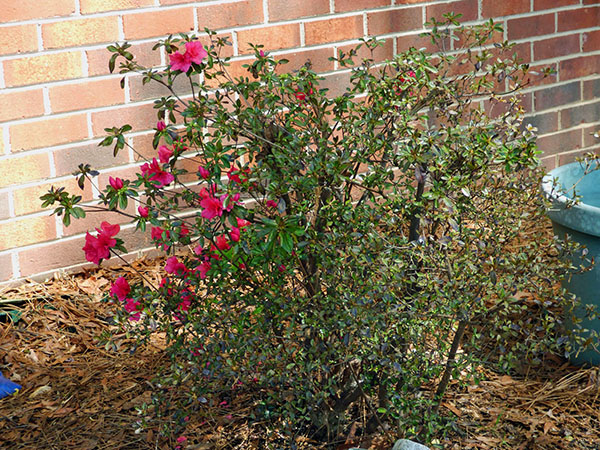 Caring for azaleas in winter is to protect plants from wind and moisture condensing during thaws. If the winter is with little snow, the bushes need to be additionally protected by creating man-made snowdrifts at their base. During the rainy season, azaleas are loosely covered with a film, leaving the possibility of moisture escape.
Caring for azaleas in winter is to protect plants from wind and moisture condensing during thaws. If the winter is with little snow, the bushes need to be additionally protected by creating man-made snowdrifts at their base. During the rainy season, azaleas are loosely covered with a film, leaving the possibility of moisture escape.
During acclimatization and care of azaleas, they are constantly monitored to avoid sunburn of delicate tissues and wilting of the plant lacking nutrition and moisture.
Garden azaleas are a rewarding culture. Shrubs always respond with lush flowering and growth to adhere to the agrotechnology of growing azaleas in the garden and competent, regular care. No matter where the gardener lives, today you can find many amazing varieties of azaleas that have different colors and different flowering times.
Garden azalea: planting and care in the open field
Garden azalea, planting and care in the open ground which is carried out in accordance with certain rules, can become a real decoration of the suburban area. For planting in open areas, frost-resistant varieties are mainly chosen. Care consists in proper planting, feeding the soil, watering, pruning shoots and protecting against pests and diseases.

Flowering garden azalea
If all stages of rhododendron care are carried out in accordance with the recommendations, then it will bloom for a long time.Many gardeners choose an ornamental culture because of the unpretentiousness and beauty of the stem. Since azalea prefers shady places, it is thanks to this that it is possible to fill empty spaces in flower beds under trees where other crops cannot grow.
The origin and appearance of the plant
The habitat of the plant is the subtropical forests of Central Asia. You can meet the flower in Europe, North America. It got here as a houseplant that blooms in winter. In Japan, azaleas have been cultivated for centuries, in particular using the art of bonsai.
The hybrid azalea became widespread in the early 1900s. Nurseries began to actively fill with different plant varieties, which were especially fond of the Germans, British and Americans.
Note! Experienced growers often call azalea rhododendron, considering this name more effective. There are several crown options for different varieties: deciduous, pyramidal, semi-deciduous, ampelous and evergreen
The height of the stems can reach 1.5 m, the smallest specimens are not more than 50 cm. The leaves are glossy, have a closely green color, but pleasant to the touch. The stem is tree-like at the very base, diverges towards the top into green shoots. There are perennial and annual plant variants, it all depends on the variety
There are several crown options for different varieties: deciduous, pyramidal, semi-deciduous, ampelous and evergreen. The height of the stems can reach 1.5 m, the smallest specimens are not more than 50 cm. The leaves are glossy, have a closely green color, but pleasant to the touch. The stem is tree-like at the very base, diverges towards the top into green shoots. There are perennial and annual plant variants, it all depends on the variety.
Many people know one thing, azalea is a bush that is constantly green and blooms profusely for several months in a row.
Plant flower descriptions
The flowers of the plant are worthy of a separate description. At the moment of active growth, a bush or tree resembles a fireworks, since there are so many buds that leaves are not visible behind them. Main features of azalea flowers:
- flowering usually lasts 60 days and occurs from April to the end of November;
- the flower can be the most common or double bud;
- the colors of the buds can be varied: yellow, purple, lilac, white, gold, dark purple, orange.

The appearance of a flower of one of the azalea varieties
Florists distinguish between several types of flowers. An ordinary bud consists of five petals and as many stamens. Terry forms have many petals, which are obtained even from stamens. "Flower in a flower" - 12 petals that form a "cup".
Azalea - planting and care in the open field
It is safer to buy and plant seedlings of garden azalea in spring, at a time when the plantings start an energetic stage of growth
When buying, you need to pay attention to a couple of points. The soil in the container must be moderately moistened, and the plant itself must look healthy
It is imperative to check the sapling for damage and pests.
Seat selection
For planting, it is necessary to select a shaded place, since open sun rays are harmful to the plant. For evergreen azaleas, it is necessary to stay in diffused sunlight for at least 4 hours a day, and it is desirable to place deciduous species in the shade of the largest trees. In strong shade, the crop will not bloom, and in an extremely sunny location, flowering will stop too quickly.
The soil
It is necessary to immediately exclude the planting of garden azalea in loamy or calcareous soils, the culture needs only acidic soil. If there is an inappropriate agrosoil composition on the preferred site, you simply need to remove its top layer and replace it with fertile soil suitable for the conditions.For this, a ready-made soil mixture for azaleas or rhododendrons is suitable. Similarly, it is possible to make soil with your own hands, taking the proper components:
- Coniferous land - 2 parts;
- Peat land - 1 part;
- River sand - 0.5 parts.
Planting rules for garden azalea
First of all, a hole is digged with a depth and width of 10 cm more than the soil of the planted plant. A layer of large drainage (broken brick, pebbles and others) should be added to it, and specially prepared earth is poured on top. The sapling is taken out of the flowerpot, but the earth should not be removed from the horses. The plant is located in the hole and covered with earth. The planting site is mulched using pine needles or dry foliage and watered thoroughly. Mulching must be repeated quite often as needed.
How to water
Outdoor care for azaleas involves constant but careful watering and spraying of the crown in the heat. The culture loves a little damp soil and cannot stand it drying out.
It is safer to douse in the early morning or late in the evening, not very abundantly, using cool rain or soft water. The frequency of watering is approximately 1 time in 2 days as the top layer of the earth dries up, in the heat it is watered every day. Since September, the frequency of watering is reduced.
How to fertilize
In 1 year after planting, the plantings do not need an auxiliary introduction of fertilizers, but in subsequent years, the culture must be constantly fed with fertilizers for acidophilic plantations (heather, erica, camellia, rhododendron) in accordance with the instructions.
Since azaleas are gentle to the salinity of the substrate, it is safer to use grain dressings with a restrained effect, a little dripping them around the bush at a distance of 20 cm from the center. Ordinary watery fertilizers are fertilized once in early spring, and after every 2 months, they are dissolved in water for irrigation.
The final dose of fertilizers must be infused by the end of July. Spring fertilizers must contain similar components such as nitrogen, potassium and phosphorus in equal proportions; at the end of flowering, phosphorus-potassium fertilizers are applied.
Preparing for winter
In order to prepare the plant for winter, it is necessary to optimally moisturize the soil in the fall, before the onset of frost. After watering the base, spread a layer of 10 to 30 cm of compost pine bark, peat and oak leaves around the shrubs to protect the roots from drying out and temperature changes. In the spring, this mulch will replenish the soil with valuable humus.
In areas with harsh winters, look for deciduous varieties that are highly resistant to low temperatures. In species susceptible to frost, the ground part of the shrubs is insulated with the help of agrofibre or various frames insulated with spruce branches or roofing felt. In the spring, when the frosts pass, the shelters are immediately removed.
Pruning azalea
The garden azalea does not require specific pruning - it is enough to remove unhealthy, bent, spoiled and extremely tall branches. If the bush is very thickened, then it is thinned out in order to provide lighting, air circulation and improve the appearance. It is necessary that the pruning is carried out no later than 3 weeks after flowering, before the flower buds are laid.
2 Planting a bush
It is recommended to replant or plant new shrubs in early spring, because it is during this period that the plant does not yet observe active sap movement. If the gardener fails to plant the plant before the start of the growing season, then planting can be done in September. During those warm days that remained before winter, rhododendrons have time to get stronger and go through a period of acclimatization in order to cope with the frost due to this. If the azalea grows in open ground, then it is characterized by a superficial root system.Based on this, in order to plant a shrub, you do not need to dig a deep hole (the recommended depth is no more than 50 cm, width is about 70-80 cm), but it is simply necessary to prepare a loose and sufficiently fertile substrate.
At the very bottom, you need to make a fairly thick drainage layer, which contains small fragments from fragments of red brick, sand, and also large expanded clay. Limestone chips should not be used, since this mineral is capable of changing the acidity of the soil from time to time, which leads to wilting, and sometimes to the complete death of an already established shrub. The soil that has been removed from the planting pit must be cleared of turf. After that, you should add to it purified peat, humus, sand, as well as other components that are necessary to ensure the looseness and structure of the substrate.
Before the seedlings are immersed in the prepared hole, a small amount of previously prepared soil must be poured over the drainage. After that, the roots of the bush are very neatly laid out on top so that the root collar of the rhododendron, when fully backfilled, remains above the soil level. The soil around the planted plant must be well compacted and moistened. If the soil has settled, it needs to be poured, and the upper surface should be mulched. If the seedlings are purchased in a nursery, the rhizomes must be revitalized before planting - placed in water or watered abundantly before planting.


